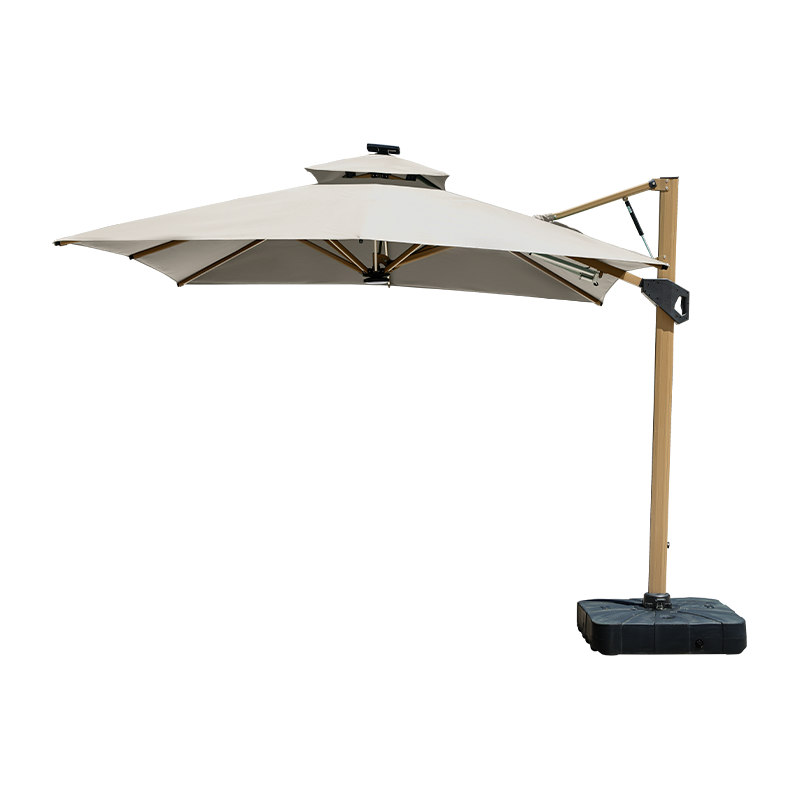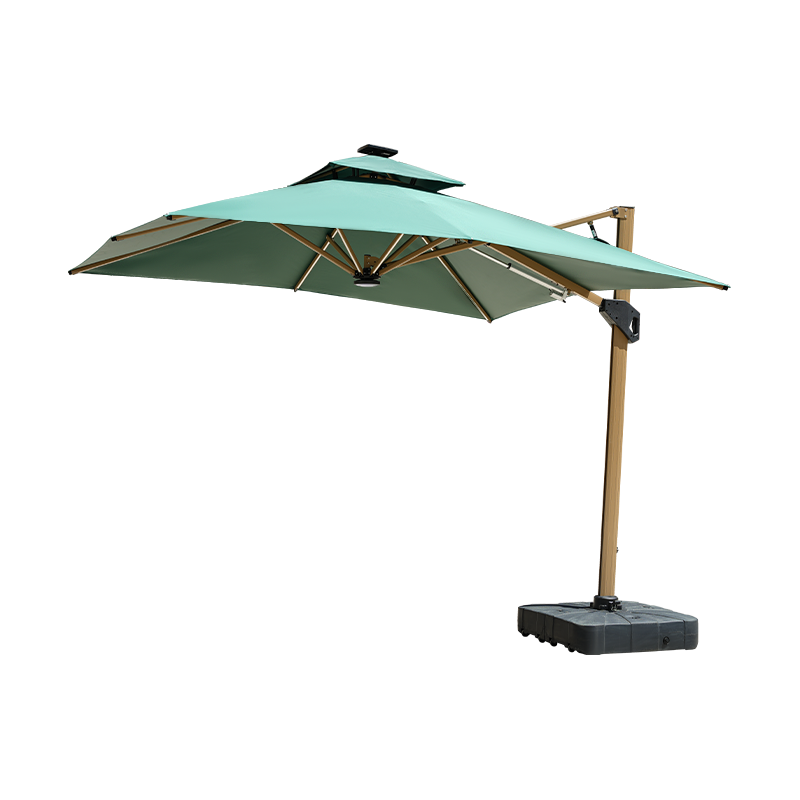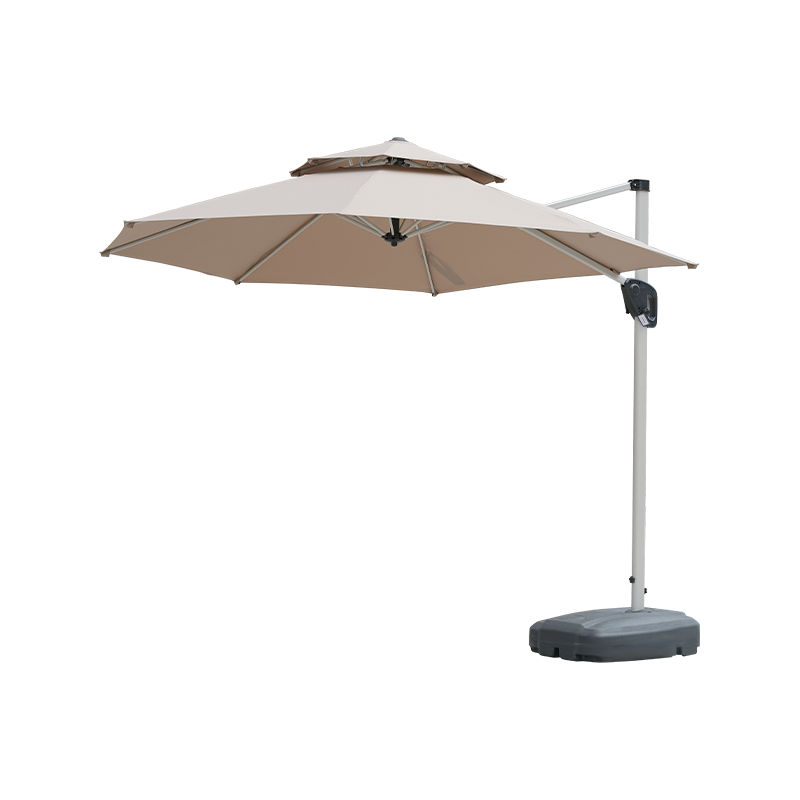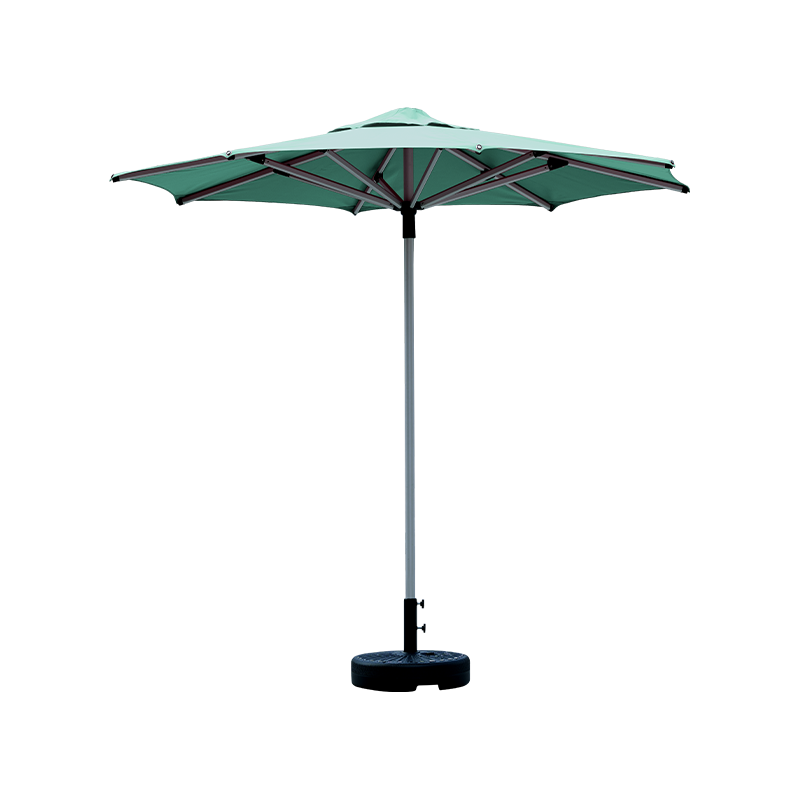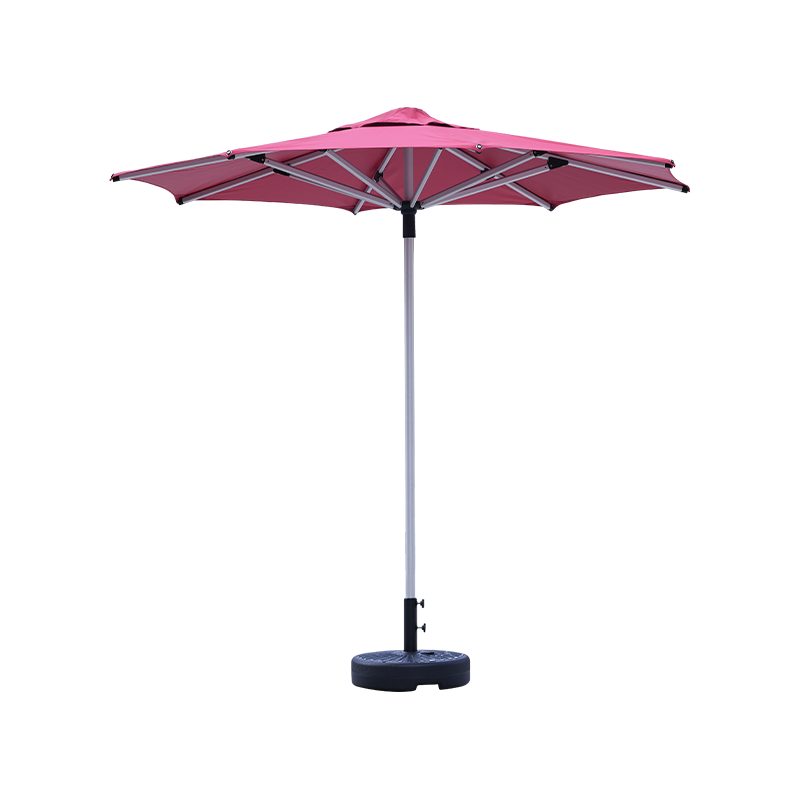Roman Umbrella: Proper Color for Sun Protection?
When shoppers begin hunting for a Roman umbrella, they often fixate on size, tilt mechanisms, and frame material, yet one variable silently governs comfort under the midday sun: color. The hue you choose can amplify or diminish the shade’s cooling power, alter UV-blocking performance, and even affect the longevity of the canopy fabric itself. So how does a seemingly simple design decision translate into measurable sun protection?
To begin with, the science. Solar radiation arrives as visible light, infrared heat, and ultraviolet waves. A Roman umbrella’s canopy acts as the line of defense, and its color determines how much energy is reflected versus absorbed. Lighter tones—think crisp ivory, soft sand, or silvery grey—bounce back up to 80 % of visible light and a significant share of near-infrared heat. The air beneath these shades can register 3–7 °F cooler than under darker canopies, a comfort margin that matters on a windless August afternoon. However, reflectivity has a trade-off: high-albedo fabrics scatter rays in all directions, including downward, which can create glare on phones, books, or cocktails.
Darker colors—charcoal, navy, forest—absorb more energy, converting light into heat that migrates through the weave. Paradoxically, this absorption can enhance UV protection. Dense, dark dyes absorb UVR before it reaches skin, pushing ultraviolet protection factor (UPF) ratings upward. A charcoal canopy woven from solution-dyed acrylic can reach UPF 50+, blocking 98 % of UVB and UVA, while an identical weave in bone white may linger around UPF 30. If your primary concern is sunburn prevention rather than perceived temperature, a dark Roman umbrella may be the wiser shield.
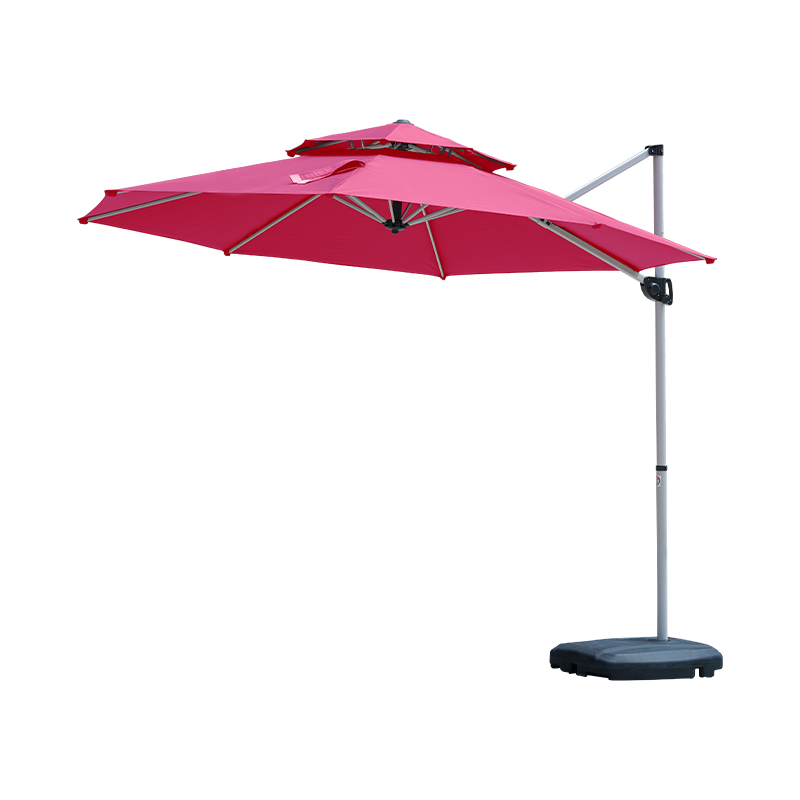
Yet color never operates in isolation; fabric technology matters just as much. good brands now embed ceramic UV inhibitors directly into the acrylic or polyester fibers, so even a pastel canopy can achieve UPF 50+ without feeling like a sauna. Conversely, bargain umbrellas may rely on surface coatings that wash away after two seasons, leaving a dark canopy hotter and less protective than a light, well-engineered one. Shoppers should therefore look for labels such as “UPF 50+ certified” or “UV-resistant to 1 000 hours” rather than relying solely on color folklore.
Aesthetics and surroundings complicate the equation. Light colors evoke Mediterranean clarity and pair well with limestone terraces, yet they show pollen, bird droppings, and mildew sooner. Dark shades recede visually, making compact patios appear larger, but they can fade unevenly if one side faces south for ten hours daily. Homeowners with salt-water pools should note that navy dyes oxidize fastest under chlorinated mist, whereas warm taupe retains saturation longer.
Experts recommend a pragmatic three-step test: To begin with, measure your space’s peak sun angle; second, decide whether heat reduction or UV filtration is the priority; third, order fabric swatches and observe them at noon and dusk. Swatches reveal hidden undertones—some greys skew purple in bright light—and allow you to feel surface temperature with a bare hand.
In the end, the “proper” color for a Roman umbrella is the one that balances thermal comfort, UV defense, and visual harmony without demanding heroic maintenance. Select scientifically, but trust your eye; after all, the umbrella must please you for years before it ever shades a single sunbather.


 Español
Español عربى
عربى
